#DodgeIntrepid
Buy/Drive/Burn: V6 Midsize American Sedans of 1997
We continue our 2007 and 1997 sedan series with its fourth installment. We’ve covered V6 Japanese sedans from two different decades, as well as American-branded entries from 2007. Today we step back to the midsize V6 sedan class of 1997. The Big Three beckon you with medium build quality, equipment, and value for money in a midsize sedan; a segment in which only GM deigns to participate in 2020. Let’s go.
Rare Rides: A Stunning Chrysler LHS From 1995, Fine Executive Luxury
Today’s Rare Ride was commonplace a couple of decades ago, but it’s one of those cars by and large ruined via neglectful owners, inattentive build quality from the factory, and BHPH lots.
Come along as we learn about the most luxurious Chrysler LH sedan of the Nineties.
Rare Rides: The 1995 Eagle Vision - End of the Line
It’s unofficially been Chrysler Time around the Rare Rides pages lately, and another Chrysler product follows up the New Yorker and Conquest. It was much more important product than either of those two, however, and it signified the end of one of Chrysler’s divisions.
Picture it: 1995, Eagle Vision.
Piston Slap: Ultradriving the Budget Beater?
TTAC Commentator mopar4wd writes:
Sajeev,
So, I’ve noticed over the years that common wisdom for purchasing budget cars is all about condition and less about mileage. But other than my trusty ’88 Ramcharger, ’00 Durango, ’91 Eagle summit (Mitsubishi Mirage) and ’87 Toyota pickup, most of the vehicles I have owned all started becoming awful to own going somewhere between 150-200k miles. The list includes Fords, Subarus, Jeeps, Nissans, Chryslers, Volkswagens, Volvos, etc., since I pretty much only buy sub-$5,000 cars and have to rely on them daily. I have shifted to a little older and lower mileage (and of course well taken care of). Usually between 90-120k miles and 10 to 12 years old.
Which leads me to my question. I’m now the owner of a 2004 Chrysler 300M with 42,000 miles. The owner bought it from a Chrysler dealer locally in 2006. It’s well maintained and clean despite living its life outdoors: new tires, new battery and oil changes every 3k miles. The owner had it up for a reasonable price but everyone was low balling her — I brought a reasonable offer (about 15 percent less than asking) and picked it up.
After driving it a thousand miles a few things have popped up: cam sensor going out (a common issue that I’m DIYing today), I’ve made an appointment to have the timing belt and water pump replaced (there was no record of this work), and based on feel I think the rear struts may need a change.
Given the like-new condition of the car is there anything else I should be looking at doing (fluid changes are on the list) given that it’s closing in on 14 years old?
Junkyard Find: 2000 Dodge Intrepid R/T
With the ’01 Saturn L200 yesterday and the ’01 Pontiac Aztek the day before that, we’re having a 21st Century Junkyard Find week. I’ll continue that with today’s find: Dodge’s high-performance version of the second-gen Dodge Intrepid: The Intrepid R/T.
Weekly Mileage Champion: 1999 Dodge Intrepid ES
A broken clock is always right twice a day. But how about the last generation of Intrepids?
Curbside Classic Outtake: Aerodynamic NASCAR Edition
These are not the kind of cars that normally get me to pull over and shoot, but something about them called to me. I came up with three reasons to justify their occupying memory space in my camera. One: their sloping roofs, clean noses and high tails suggest excellent aerodynamics. Sure enough, with a Cd of .33 for the Monte Carlo and a .30 for the Intrepid, they’re definitely on the slippery side of average.

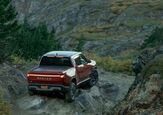

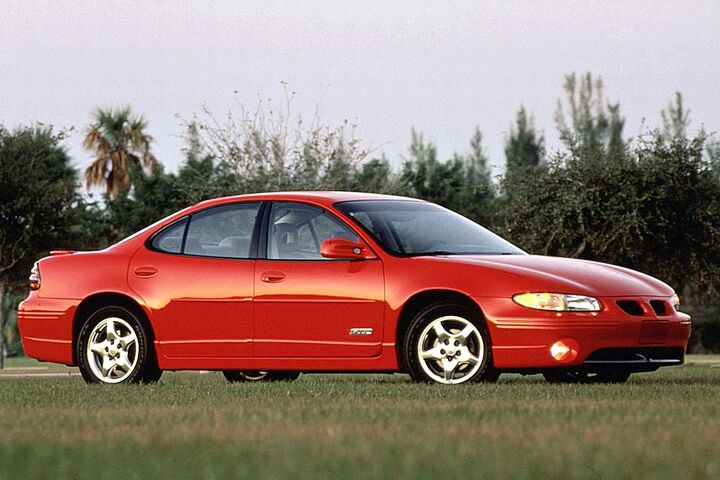
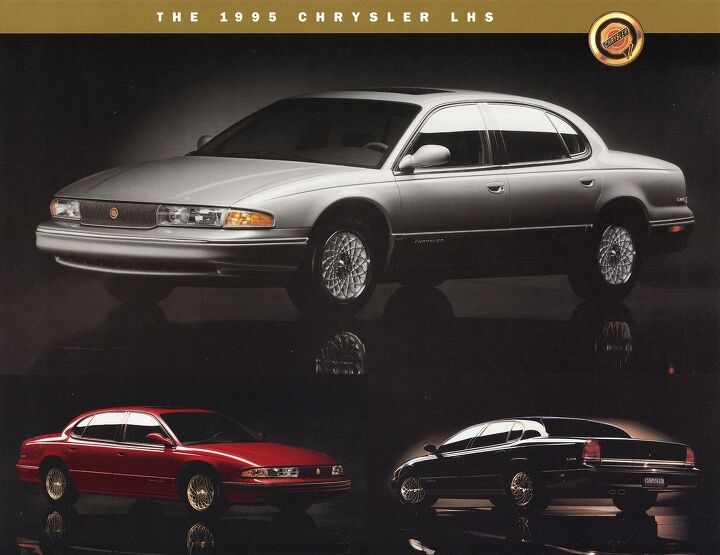
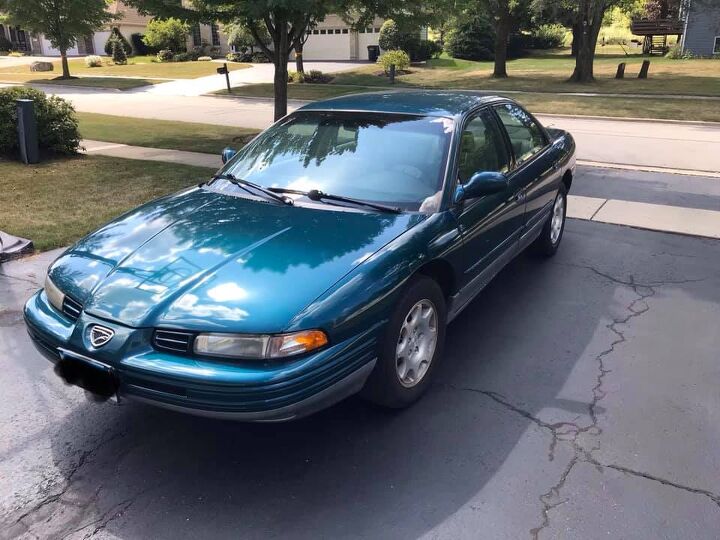
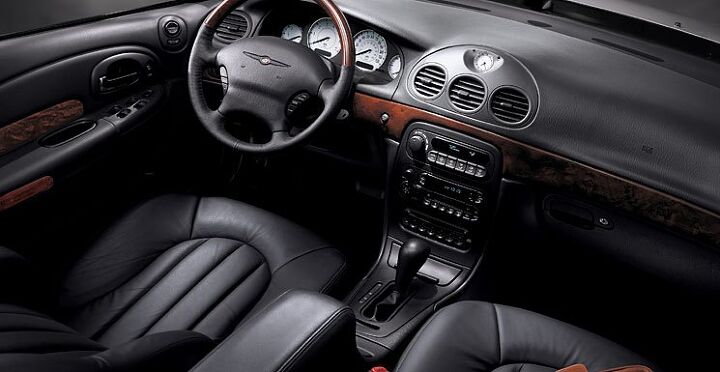
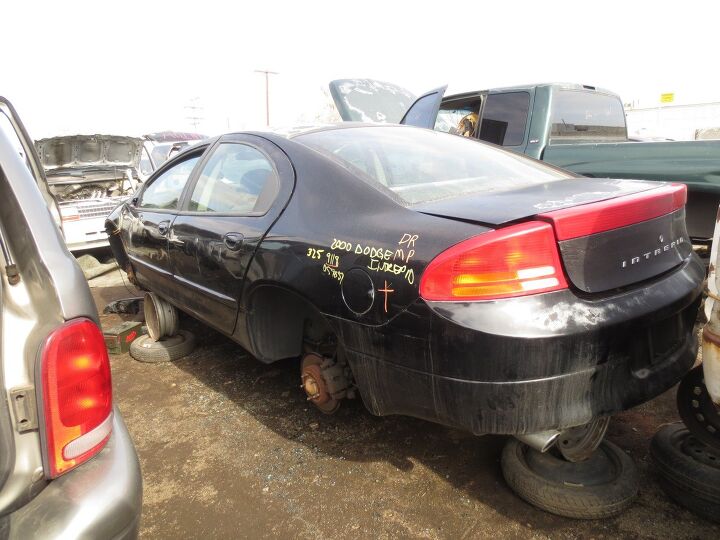

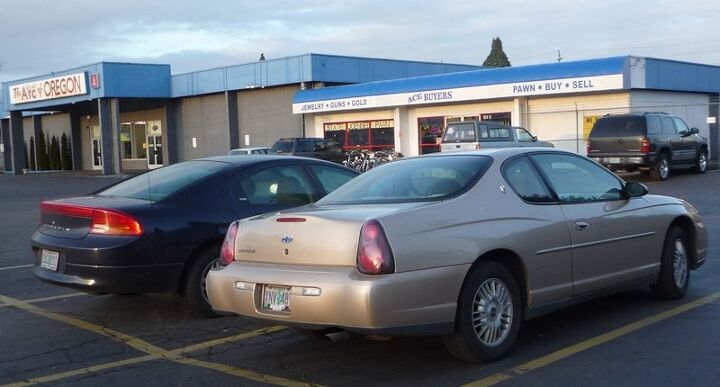












Recent Comments